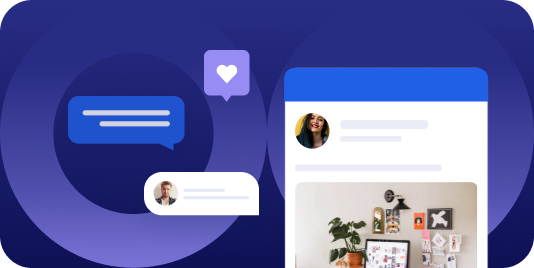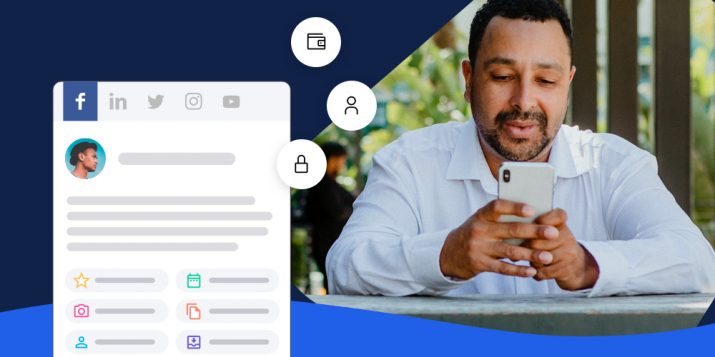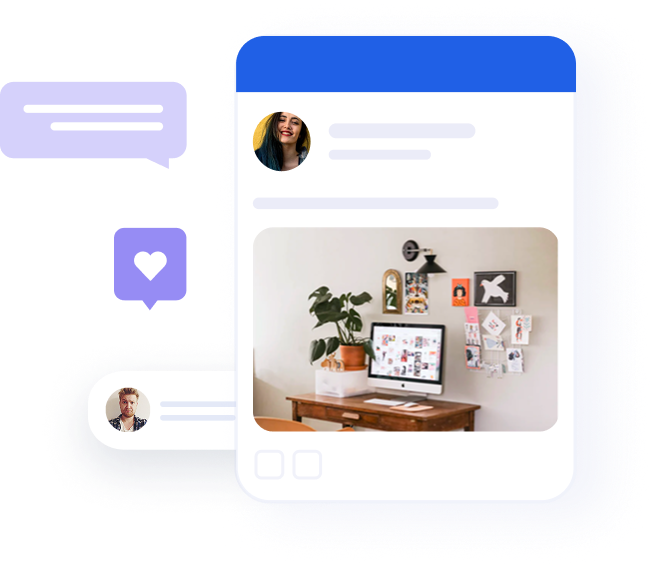
The future of B2B marketing: 5 takeaways from Hubspot’s CMO, Kipp Bodnar
Table of contents
Last week, I had the pleasure of attending a talk given by Kipp Bodnar, HubSpot’s CMO and leading B2B marketing author and speaker.
Judging by the fact that the word “GDPR” was thrown around the room every two minutes or so, it’s safe to conclude that this talk gathered some of Tel Aviv’s best and brightest marketing minds.
Everyone at this event, including myself, were inspired by Kipp’s insights on ‘The Future of Engagement’ – what it was like a decade ago, where we are today, and his predictions for the future.

So as promised, here are 3 hours of Kipp’s thought-provoking presentation summarized into 5 key takeaways:
Marketers have F*#$d up email
As Kipp gently put it, “Marketers have a tendency to f**** things up” by abusing mediums to the extreme.
Take email as an example.
The whole premise of email was to facilitate faster communication between people, buyers, and brands.
Analogous to direct mail (where people took the time to craft handwritten letters to each other), email enabled one-to-many communication, automated responses, and timeshifting of messages.
It was great and revolutionary!
Unfortunately, though, marketers have turned email into a non-effective, spam tool. They’ve sent too many long, burdensome emails that not only fail to convert users, but ultimately turn them away from the company altogether.
In a sense, there is no real “conversation” happening through email; marketers simply want buyers to click-through and never be contacted again. And when someone is so bold to reply, their email either goes into a black hole and never gets seen or bounces back with an automated response, like this:

“Ignoring people is never a good B2B marketing strategy.”
According to Kipp, as buyers become less and less receptive to emails, marketers need to rethink this medium by crafting more personal messages, treating audiences as people and not as a list, and most importantly, enabling two-way conversations.
Buyers don’t give a damn about your website
Believe it or not, buyers don’t hold the same level of appreciation for your website as you do. They’d much prefer to engage with you directly via chat, social media or phone – whatever is going to be faster for them to get answers.
But as Kipp suggests: despite the clear shift towards instantaneous and personalized messaging, companies make it extremely difficult – if not impossible – for buyers to communicate with them. Their websites have become an unfriendly no-go zone that fails to include a phone number or even a chatbot.
“The friction between buyers and sellers has never been greater.”
Buyers’ deepest desire is to have an easy and effortless buying experience that saves them time and energy. They expect you to meet them where they’re already at – be it on Facebook, WhatsApp, Instagram, or LinkedIn. They also expect a one-to-one conversation, rather than getting a one-size-fits-all email.
Recommended for further reading
We’re living in a multi-inbox world
Gone are the days where email was the sole “inbox”. Today, the average prospect and customer has over 5 inboxes. To name a few:
- Social Media: Facebook Messenger, LinkedIn InMail, Twitter DM, WhatsApp
- Work Communication: Slack, Yammer, Facebook Workplace
“The reality has changed, yet our expectations of our buyers haven’t changed.”
Targeting prospects solely via email is just plain ineffective, as 53% of consumers say they are getting too many irrelevant emails.
And while the number of inboxes is rising, people’s mental capacity for processing information is shrinking.
Just put yourself in the buyer’s shoes: you’re getting tons of emails and messages on multiple platforms; some are more personal, some are professional, but all of them are causing information overload.
Instead of logging into yet another platform to engage with a brand, buyers would much rather have that brand come to them, making the experience as seamless as possible.
Salespeople should be waiting for buyers, not the other way around
If a buyer is considering to make a purchase, the last thing they would want to hear is “We’ll get back to you within the next 24 hours”.
If there’s one thing the digital age has taught us it’s that we can watch our favorite TV show (Netflix) or listen to our favorite playlist (Spotify) anywhere, anytime. According to Kipp, “It’s no longer a question of how to consume something? It’s what to consume next?”
So why should prospects bother waiting for a salesperson to contact them?
They shouldn’t. Yet, sales reps are convinced that buyers live in their email inbox, eagerly anticipating a phone call. But in reality, buyers have long lost interest in the product after not receiving an immediate answer.

This asymmetrical thinking poses a serious challenge for marketers who seek to scale and automate conversations with their prospective customers.
Hence, Kipp argues that if marketers want to catch their prospects attention, they must adopt a more proactive, personal, and collaborative approach of communicating with buyers – much like chatbots – Kipp’s biggest idea on where marketing automation is heading.
Bots are the next wave of marketing automation
Facebook owns a bunch of messaging components, such as Messenger and WhatsApp. Surprisingly, these components are growing at a much faster rate than the actual Facebook platform.

Messaging is the future of engagement
As such, there is a clear shift away from email and towards messaging. In fact, 71% of customers surveyed by HubSpot were willing to get customer assistance through messaging.
The rise of messaging as an alternative to email (or sometimes a complementary tool) presents the issue of scalability – how can marketers automate responses via messaging apps?
Kipp explains that chatbots – being the next stage of automation – offer the optimal solution. If configured correctly, they can provide a seamless and conversational experience that’s native to mobile.
What should we expect to see in the next decade?
If there’s one thing you should take from Kipp’s talk, it’s the following:
“A quality conversation can always turn into a business opportunity”.
Marketers need to be where their buyers are, reaching them through the platforms they’re already using. While email marketing isn’t necessarily dead, the level of distrust surrounding this channel means that marketers must adopt a new level of sophistication in crafting personalized email content – something which wasn’t expected a decade ago.
Perhaps Kipp is right in that chatbots will pave the way for less spam and more quality interactions between buyers and companies. And if this will be the next big wave of engagement, then marketers who want to stay relevant should experiment with this tool at its early stages, not 5 years from now.




